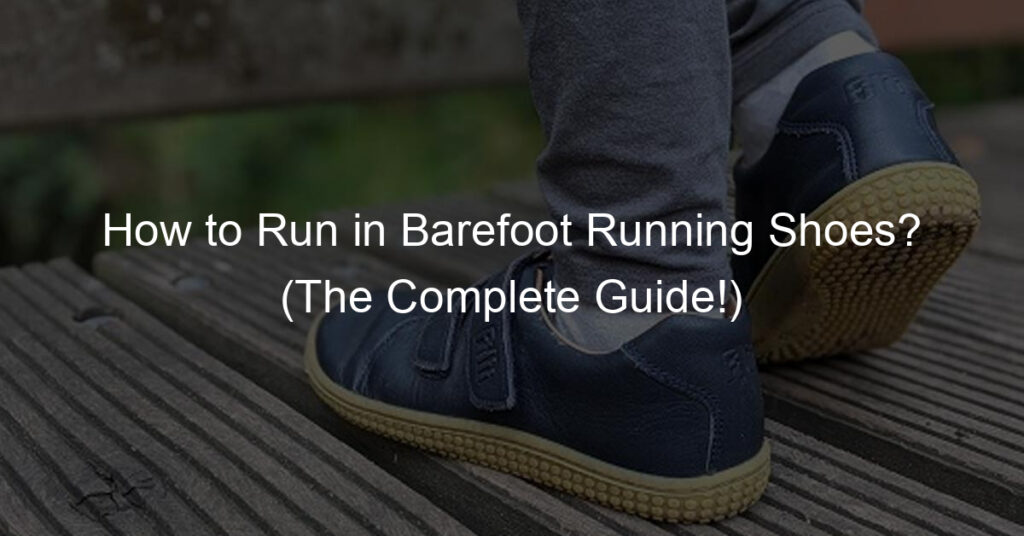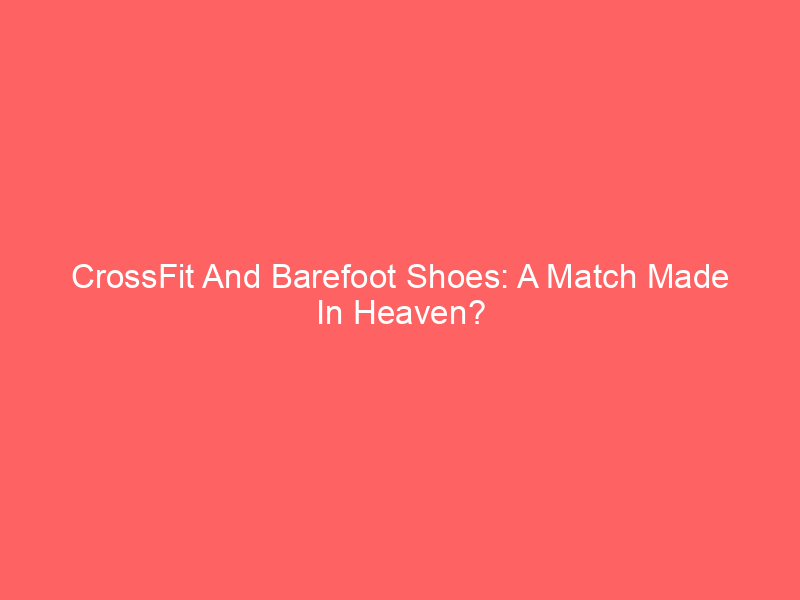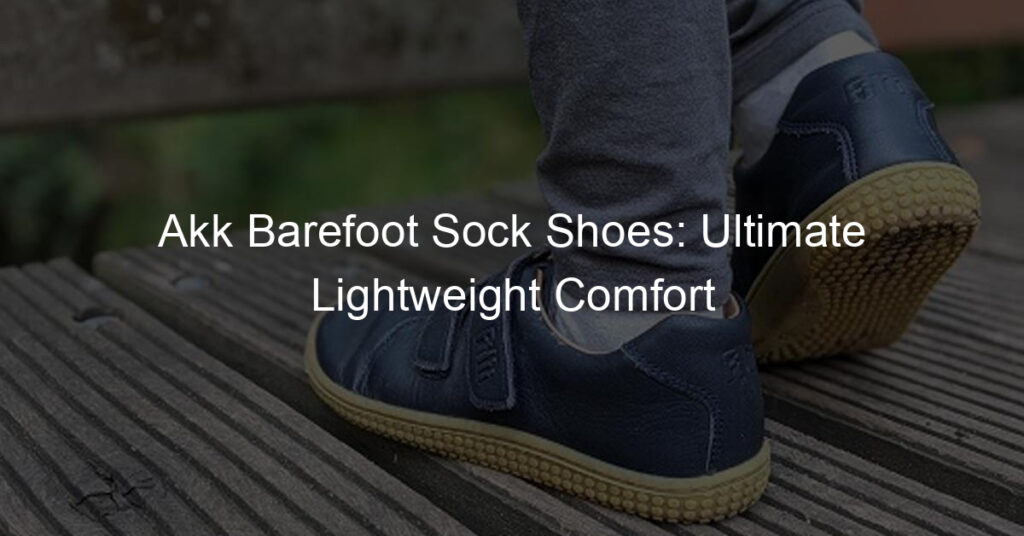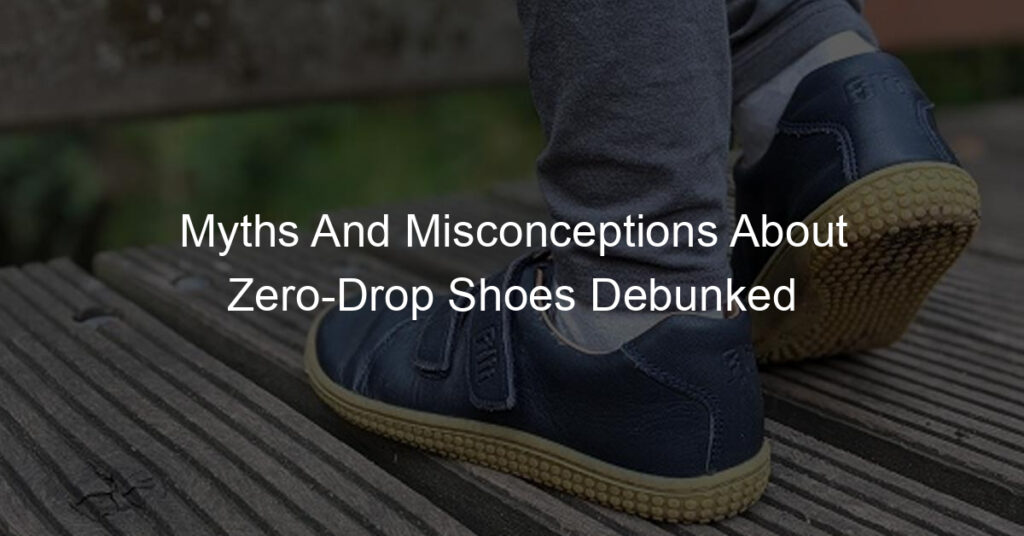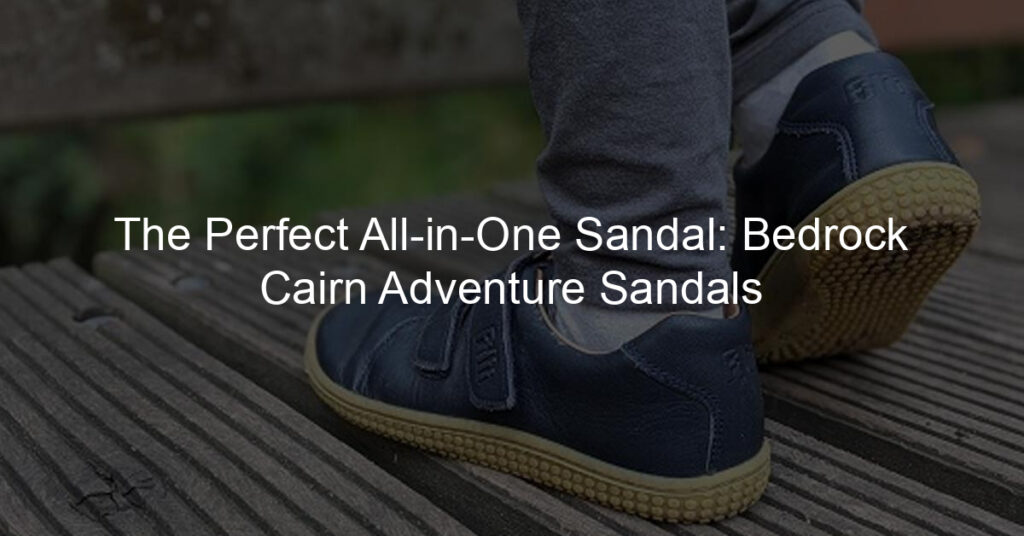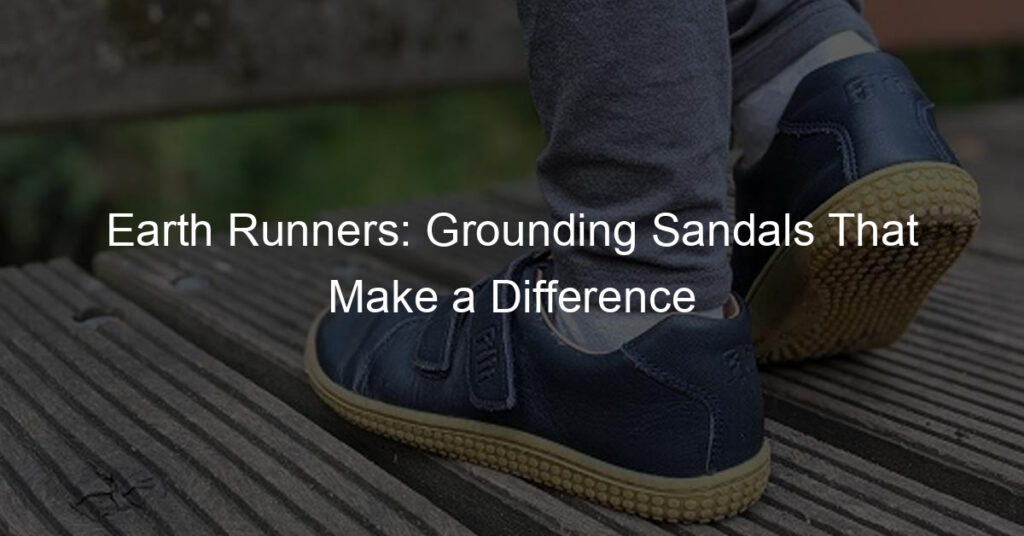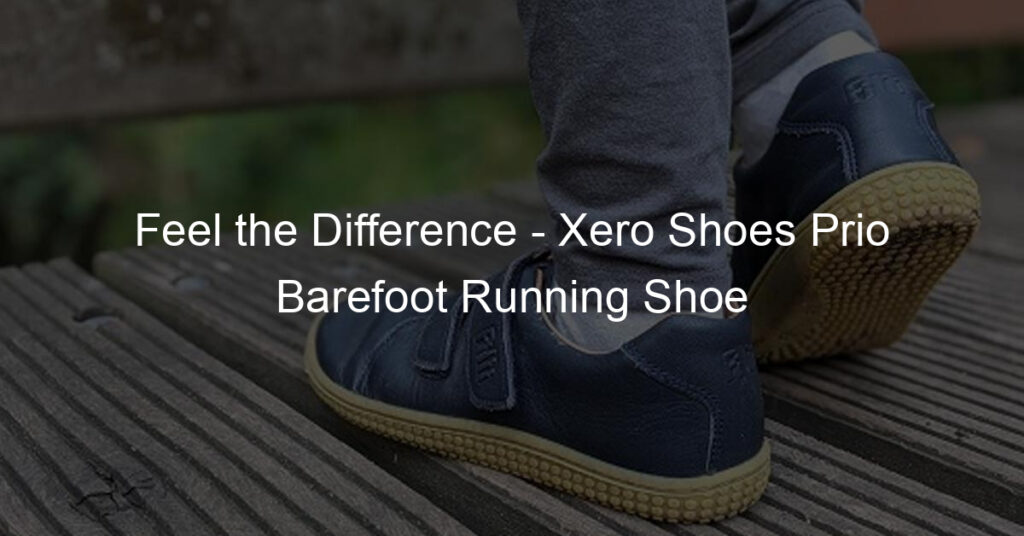Running barefoot has become a popular way to get the benefits of running without the risk of injury from traditional shoes. However, before you think about joining the barefoot runners’ community, there are a few things you should keep in mind.
This guide will teach you how to run correctly in barefoot shoes so that you can dodge injuries.
First and foremost, when you are running barefoot, you need to make sure that you land on your mid-foot or forefoot. This means that you will strike the ground with your heel first and then roll forward onto your toes. If you land on your heel first, it will put unnecessary stress on your ankle and knee joints, which can lead to injuries.
Another important thing to keep in mind when running barefoot is your form. Because you are not wearing shoes, you need to make sure that your form is correct so that you do not injure yourself.
Make sure that you are not overstriding and that your arms are swinging at your sides. You also want to make sure that you are keeping your head up and looking straight ahead.
Finally, start slowly. When you first start running barefoot, you will likely not be able to run as fast or as far as you could with shoes on. This is because your feet are not used to the impact of running without shoes.
Start with short distances and gradually increase as your feet get stronger.
How to Transition to Barefoot Running Shoes?
If you’re used to running with traditional shoes, you may be wondering how to transition to barefoot shoes. The best way to do this is to slowly add barefoot running into your routine.
Start by walking barefoot for a few minutes each day. Some prefer to start on a soft surface. Then, gradually start adding in short runs until you’re comfortable running for longer distances. Like with any new shoes, It’s also important to listen to your body and take breaks when you need them.
If you start to feel pain, stop and rest until the pain goes away. Always seek professional help if you have any doubts.
Things to keep in mind during the transition to running with minimalist footwear:
- Start with a gradual transition: If you are accustomed to running in conventional running shoes, start by slowly transitioning to a barefoot running shoe. Begin by wearing the shoes for short walks and gradually increase the amount of time you spend on them.
- Get used to the feel: It will probably feel strange at first to be running without the support and cushioning of a traditional running shoe. Take some time to get used to the feel of being barefoot before increasing your mileage.
- Listen to your body: As with any new activity, it’s important to listen to your body when you’re starting with barefoot running. Run lightly, and If something doesn’t feel right, take a break or cut back on your mileage.
- Be aware of your balance and weight overloads: One of the benefits of running shoes is that they help to distribute your body weight evenly. When you’re running, be aware of any imbalances in your body weight and make sure you do not overload any specific areas. Use the sound of your running as a clue for how you are pounding your legs on the ground. run quietly and keep it slow at the start.
- Practice landing: Due to the lack of cushioning in a barefoot shoe, it is important that you land correctly when running. Try to land on your midfoot or forefoot, rather than your heel. This will help to avoid any injuries.
- Find the right shoe: Not all barefoot running shoes are created equal. It’s important to find a shoe that fits well and provides the level of support and protection you’re looking for.
- Be patient: Making the transition takes time and patience. Don’t be discouraged if you don’t see results immediately; it takes most people several months to make a full transition while creating and adapting their new running style.
Barefoot Running Shoes vs. Minimalist Running Shoes?
Barefoot running shoes are designed to mimic the feeling of running barefoot. They are usually very lightweight and have little to no cushioning or support.
This can be beneficial for runners who want to strengthen their feet and lower legs. However, it’s important to note that barefoot running shoes offer no protection from the elements or impact on the ground, so they may not be suitable for everyone.
Trail runners and those who run on varied terrain may prefer a minimalist shoe, which offers more protection and support than a barefoot shoe. Minimalist shoes are designed to provide a more natural running experience and usually have less cushioning than traditional running shoes.
What Are Minimalist Running Shoes?
Minimalist running shoes are a type of shoe that is somewhere between a traditional running shoe and a barefoot shoe. They typically have less padding and support than traditional shoes, but more than barefoot shoes.
This makes them a good option for runners who want to transition to barefoot running, as they provide some protection while still allowing the runner to feel the ground.
It’s important to choose the right type of shoe for your needs. If you are new to barefoot or minimalist running, start with a shoe that offers more support and protection and gradually transition to a more minimalist shoe as your feet and legs get stronger.
Always listen to your body and take breaks if you start to feel pain. If you have any doubts or a specific medical condition, seek professional advice before starting a new running program.
How to Choose Barefoot Running Shoes?
There are a few things to keep in mind when choosing minimalist running shoes:
- Fit: Make sure the shoe fits well. There should be enough room to wiggle your toes and the shoe should feel snug but not tight.
- Function: Choose a shoe that is designed for the type of running you’ll be doing. If you’re new to barefoot running, start with a shoe that offers more support and protection. As you get more experienced, you can transition to a more minimalist shoe.
- Price: Don’t necessarily choose the most expensive shoe; find one that fits well and is comfortable for you.
- Style: Pick a shoe that you like the look of! You’ll be wearing them often, so make sure you’re happy with the way they look.
Ultimately, you’ll find a shoe that is the right fit for you. When you do, stick with it! It can take some time to get used to a new shoe, so don’t give up if the first pair you try isn’t perfect.
If you suffer from any medical condition, such as flat feet, or plantar fasciitis, you must seek professional advice before attempting to run wearing barefoot or in minimalist shoes.
once you find a shoe that works, you’ll be able to enjoy the benefits of barefoot running!
Can You Run Fast in Minimalist Shoes?
Yes, you can run fast in minimalist shoes! Many runners find that they can run faster and with more efficiency once they make the switch to a more minimalist shoe.
This is because minimalist shoes allow you to feel the ground, which helps you to better know where your feet are and how they are striking the ground.
Additionally, minimalist shoes tend to be lighter than traditional running shoes, so you won’t be weighed down as you’re running. And because they have less cushioning, they force your muscles to work harder, which can lead to improved strength and endurance.
Ultimately, it is important to first make sure you are running efficiently and then focus on increasing your speed.
If you are new to minimalist running, start by gradually increasing your mileage and then focus on speed work once you’ve adjusted
How Is Barefoot Running Shoes Affect Your Running Form?
One of the biggest benefits of barefoot running is that it can help to improve your running form. When you wear shoes with a lot of cushioning, your feet don’t have to work as hard, which can lead to poor running form.
Barefoot running forces your feet to work harder, which in turn can help to improve your form. Your foot muscles will become stronger and you’ll start to land on your midfoot (aka: midfoot strike) or forefoot instead of your heel. Your calf muscles will also work harder to absorb the impact of each step.
Additionally, because you can feel the ground better when you’re barefoot, you’re more likely to land on your midfoot or forefoot (the balls of your feet), which is considered the most efficient way to run.
Should You Wear Socks With Barefoot Running Shoes?
This is a matter of personal preference. Some runners prefer to wear socks with their barefoot shoes to protect their feet from dirt and debris, while others find that socks make their feet too hot. If you decide to wear socks, make sure they are thin and fit well so they don’t rub or slip inside the shoe.
unlike traditional running shoes, socks are not a necessary part of the equation.
What are the benefits of barefoot running?
There are many benefits of barefoot running, including:
Improved posture and form: you are forced to run with good posture and form. This can lead to an improved running economy and reduced risk of injury.
Stronger feet and lower legs: it strengthens the leg muscles in your feet and lower legs. This can lead to improved running performance and reduced risk of injury.
increased sensory feedback: When you run barefoot, you have increased sensory feedback from your feet to your brain. This can help you make adjustments to your running form in real-time and avoid injuries.
improved balance and proprioception: barefoot running helps improve balance and proprioception, which can reduce the risk of falls and other accidents.
Barefoot running shoes revive your leg’s natural movement and increase your running efficiency. Overall, it will contribute to your body’s ability to run faster, for a longer time, and with fewer injuries.
What Are the Risks of Running With Barefoot Running Shoes?
As with any type of running, there are some risks associated with barefoot running. These include:
Injury to the feet: Because there is no cushioning in barefoot shoes, there is a risk of injury to the feet. It is important to start slowly and gradually increase mileage to avoid injuries.
Injuries to the lower legs: There is also a risk of injuries to the lower legs, such as Achilles tendinitis and shin splints. Again, it is important to start slowly and increase mileage gradually to avoid these types of injuries.
Overuse injuries: It’s possible to overdo it when you first start to run barefoot. This can lead to overuse injuries such as stress fractures. Be sure to listen to your body and don’t push yourself too hard too soon.
What Are the Risks of Running Barefoot?
While there are many benefits to running completely barefoot, there are also some risks that should be considered. Many of these risks can be mitigated by wearing minimalist shoes or socks designed for running, but it is important to understand the potential dangers before hitting the pavement.
One of the biggest dangers of barefoot running is an injury to the feet and ankles. Without the support of shoes, the bones and tendons in the feet are much more vulnerable to stress fractures and other injuries.
Running on hard surfaces can also lead to bruising and cuts on the feet. In addition, there is a risk of contracting diseases or infections if you step on something sharp or dirty while you run barefoot.
It is also important to be aware of the risk of tripping and falling while running. This is especially true if you are running on unfamiliar or uneven terrain. If you do fall, you are more likely to injure yourself since you will have no shoes to protect your feet.
Over-striding is another potential danger of barefoot running. When you overstride, your heel strikes the ground first, which can lead to injuries such as Achilles tendinitis. To avoid overstriding, be sure to land on the ball of your foot when you run.
Finally, running barefoot in cold weather can be dangerous because it increases the risk of frostbite. Make sure to dress warmly and cover your feet if you are planning on running in cold weather.
Despite the risks, many people enjoy running like that because it feels freeing and natural. If you decide to run barefoot, be sure to take precautions to avoid injuries and stay safe.
Do Professional Runners Use Barefoot Running Shoes?
Yes, many professional runners use barefoot shoes! In fact, some of the world’s best runners have made the switch to barefoot running. These include Olympians like Abebe Bikila and Zola Budd, as well as world-record holders like Paula Radcliffe and Haile Gebrselassie.
So if you’re thinking about making the switch to barefoot running, know that you’ll be in good company!
Is It Good to Run Barefoot?
There are many benefits of barefoot running, including improved posture and form, stronger feet and lower legs, increased sensory feedback, and improved balance and proprioception.
However, there are also some risks associated with barefoot running, such as injury to the feet or lower legs. In the end, the decision to run barefoot or in shoes is a personal one. If you do decide to run barefoot, be sure to take it slow and increase mileage gradually to avoid injuries.
The changes in your foot strike pattern can also put additional stress on your calves and Achilles tendon. This is why it’s important to gradually increase mileage when you start running barefoot.
In terms of strike patterns, when it comes to barefoot shoes, the forefoot strike pattern is often considered the most natural and efficient. This is because it allows your foot to land directly underneath your center of gravity, which reduces impact forces on your joints.
Many barefoot runners also find that they naturally run with a shorter stride when they are barefoot. This is due to the fact that you cannot overstride when you are barefoot, which can lead to injuries.
A forefoot strike also makes it easier to run with a shorter stride, which can further reduce impact forces.
So if you’re thinking about how to start barefoot running, make sure you do your research and begin slowly to reduce your risk of injury.
Consulting with a professional can also be helpful in making the transition. becoming a barefoot runner can help you become a better, more efficient runner overall, but it still takes time, dedication, and practice.
There are many reasons why someone might want to transition to minimalist running shoes when running. Maybe they’ve read about the benefits of barefoot running and want to give it a try. Or maybe they’ve been injured while running in traditional shoes and are looking for a different option. or maybe you even know some barefoot runners. Whatever the reason, it’s important to know how to make the switch.

